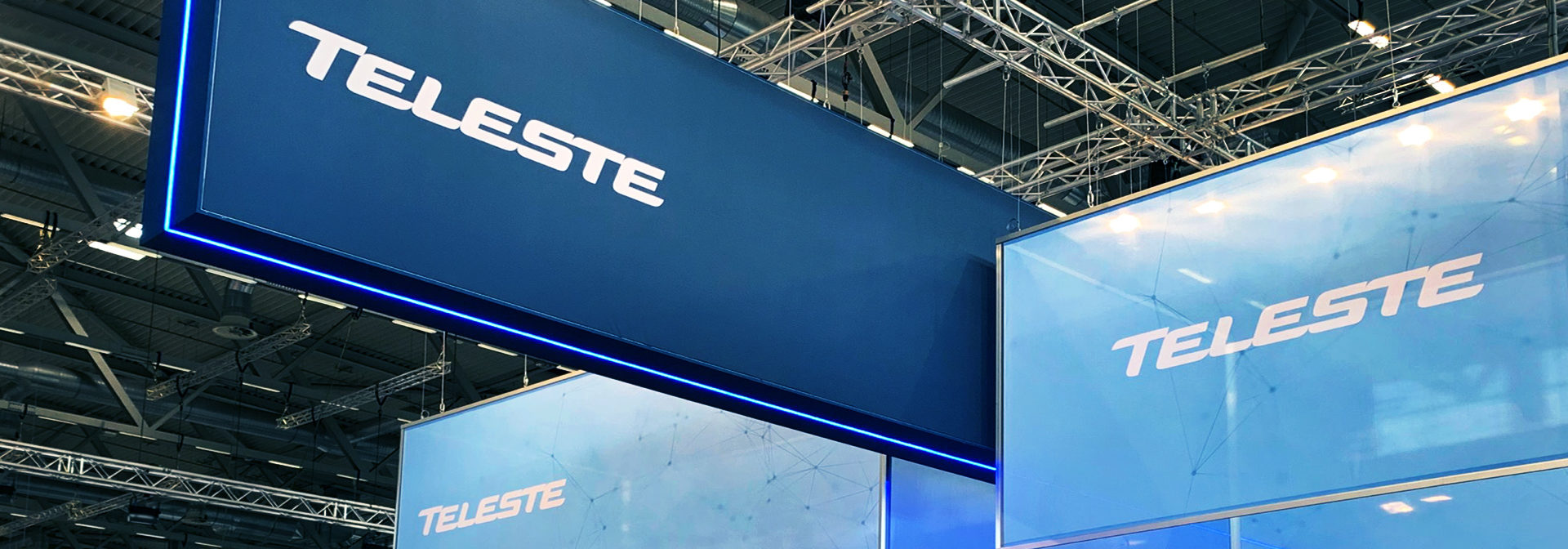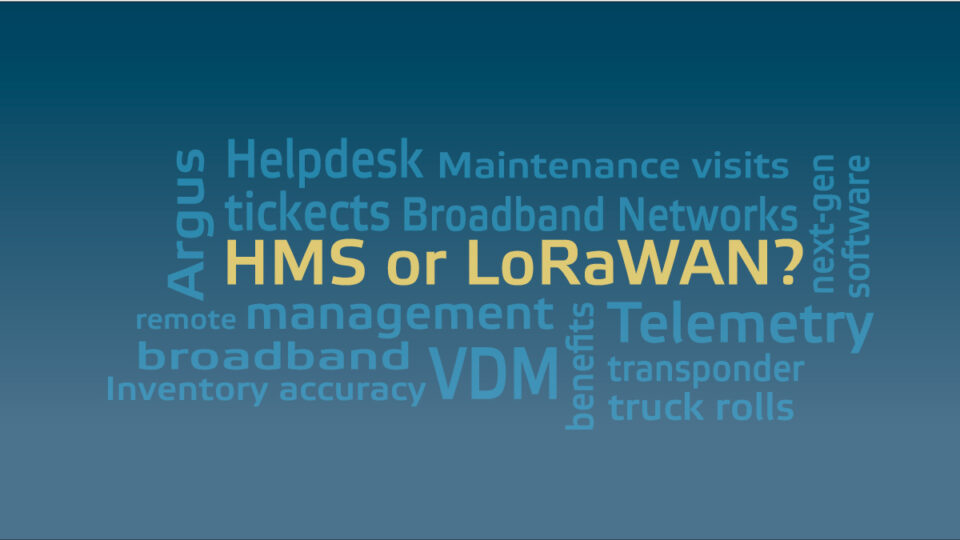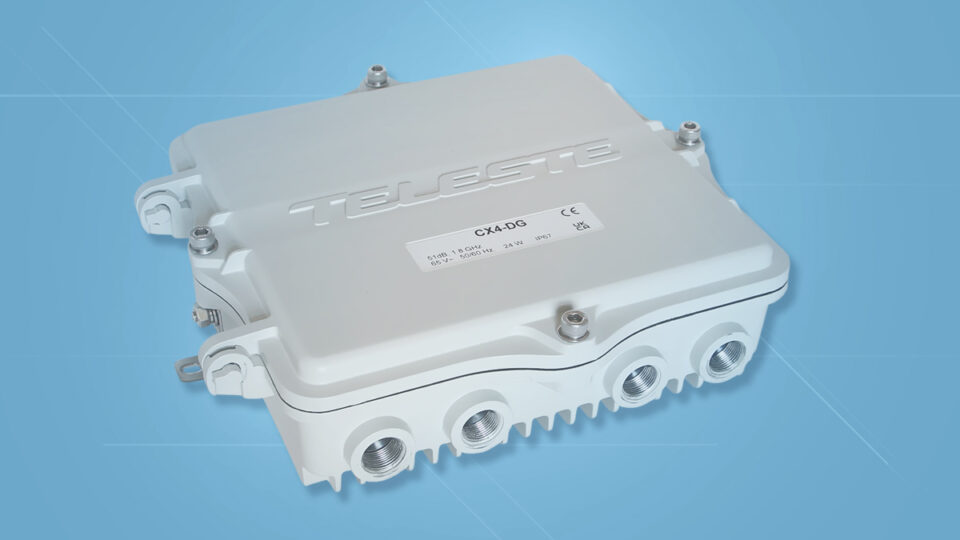
The 3 key cable industry themes for 2023
After three years of COVID-19 restrictions, the live ANGA COM 2022 experience was as enticing as ever. Reconnecting with friends and colleagues from around the cable industry was much expected and it was inspiring to see that our stand was again among the busiest in the scene. Despite the turbulent past years, the cable community is still going strong with a firm focus on future.
In this blog, I cover the top 3 takeaways from discussions with our ANGA COM visitors this year. These are the topics that definitely raise interest in the operator field today and drive the industry towards 2023.
1. DOCSIS 4.0 and 1.8 GHz networks nearing deployment readiness
On April 27, attendees at the CableLabs 10G Showcase had an opportunity to witness the first successful DOCSIS® 4.0 Extended Spectrum DOCSIS amplifier cascade demonstration where an end-to-end system was created with equipment from Teleste and our prestigious industry partners. The successful trial proved that the cable industry can now look confidently to realising the 10G speeds to consumers, although it will still take some years until the 1.8 GHz amplifiers and cable modems are ready to scale.
Anticipating the next development steps, we can see our customers and the entire operator field driving their strategies forward. Our 1.8 GHz RF passives play a significant role in that, as their market-ready status and excellent performance makes them a smart choice for operators with a transformative approach to higher frequencies. Some operators have already been installing 1.8GHz passives into their networks to ensure a forward-looking infrastructure already today.
We are also witnessing a tangible interest around our 1.8 GHz ICON series amplifiers, that have taken an industry-leading role since their launch in 2021. These products are currently being testing in the laboratories of several operators and we look forward to sharing the results on a later stage.
2. High-runners driving the Distributed Access shift
Distributed Access has become mainstream. You could see it almost around every ANGA COM corner, and our stand was no different. Operators are working on commercial rollouts, and the technology vendors are ready with high-runner products such as our DAN3 Remote PHY node to drive the deployments.
I’m confident that many of you agree that this is the moment to toast all of us in the industry for the interoperability achievements that have made Distributed Access investments a safe choice for operators. Working together and sharing the common goal helped make industry-wide interoperability a reality.
As a CCAP independent vendor, we are open to the interoperability of our Remoty PHY devices with everyone, which ensures an open and flexible ecosystem for operators. We are also continuing to support our wide customer base on their journey to building these future-proof networks with accelerating deployments during 2022.
3. Broadcast TV stands far from obsolete
Since the beginning of 2020, our daily lives have been shuttered in an unforeseeable way as the worldwide pandemic challenged the way we connect with each other, run businesses and societies. It has been interesting to see that broadcast TV has been able to hold on to its position at the core of citizens’ media experience despite the exceptional era and the growing popularity of IP-based distribution services.
Broadcast TV technology is still second to none when it comes to service reliability and creating a high-quality viewing experience, and operators’ ongoing interest to secure services for their cable subscribers was clearly demonstrated at ANGA COM. The demand is high especially for future-proof solutions such as our Luminato 4X4 platform, that can do an excellent edge QAM job today while also enabling video engine and video core functionalities to secure easy adaptation to Distributed Access networks. In future when networks will be upgraded in phases taking several years to complete, this kind of flexibility is a must-have feature for video delivery platforms that need to offer DVB-services both in traditional HFC and Distributed Access architecture environments.
Wrapping up the ANGA COM experience, it is full speed ahead for the cable industry with a credible roadmap showing to 1.8 GHz networks. Especially in Europe, this means starting with Distributed Access networks and remote PHY technology that is interoperable and mature and can be rolled out in volumes today. Starting 1.8 GHz upgrades with passives creates another logical step, and amplifiers and cable modems are to follow in a few years’ time.
In a short term the evolution towards 10G broadband speeds to consumers might be hindered by the current component availability challenges affecting the industries on a global scale. It seems that in addition to mastering technology, cable vendors need to focus on excelling in demand-supply management as well. At Teleste, we have taken the effort seriously, and are optimistic that we will be able to maintain a relatively high delivery reliability also this year.
For me personally, the restart of ANGA COM provided an invaluable opportunity to meet the familiar faces, discover new contacts and pack my calendar with upcoming appointments and get-togethers. I want to thank you for the great time and hope to reunite soon!
Mika Kavanti
Mika Kavanti
There are two areas in sales that lead to success: First, whatever you do as a vendor, always think through your customers’ eyes and through their business targets. Second, utilise the compatible sales and marketing tools to provide your customers with insight on how to solve their challenges today and in future.
With this vision, I am heading our Teleste Networks sales in Europe and beyond, working together with our professional sales teams located close to our customers. Visit my LinkedIn for more information.



